Lean drawings
| Comment |
Finished date |
2012 |
|
I have started working with Lean and SixSigma. While
studying the Lean culture, I have pictures appearing in my
head - these are some of them. |
Type of paint |
Ink and wash with W&N watercolors |
| Paper |
Montval cold pressed 200 gsm |
| Size |
Various but less than an A4 each
|
| Reference |
None |
|
|
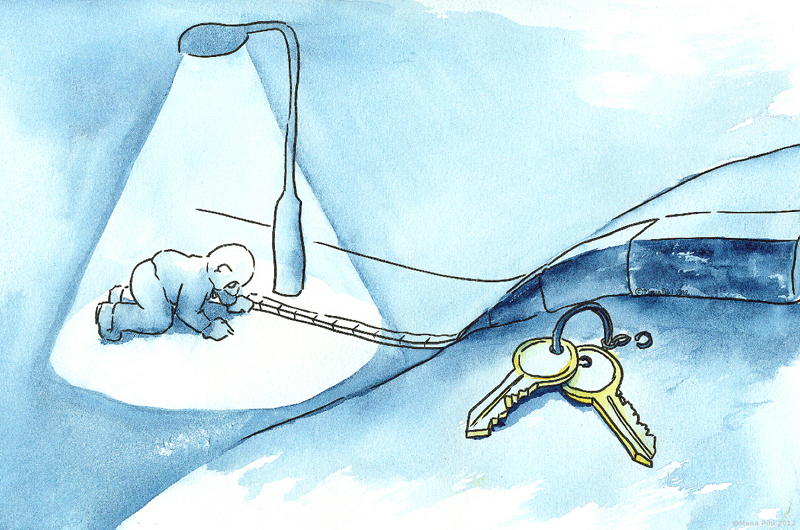
This one is about the importance of measuring the correct
things, not just the ones that are easy to measure
(like looking for your keys in the light when you know you dropped them
somewhere else),
since people act the way they are rewarded/measured.

If you haven't read the One Minute Manager meets the Monkey, do! It's a great little book about management and responsibilities.
Each task or problem is seen as a monkey sitting on the shoulders of the person
who is feeling it. If someone else promises to do
something about the problem, he/she takes over the care of the monkey. Some
managers have a tendancy to have a lot of monkeys
in their office, starving for attention, while the original owner is just
waiting for the results.
I first read this book in the 1990-ties during my management training, but it is
still relevant to the coaching management style of Lean.
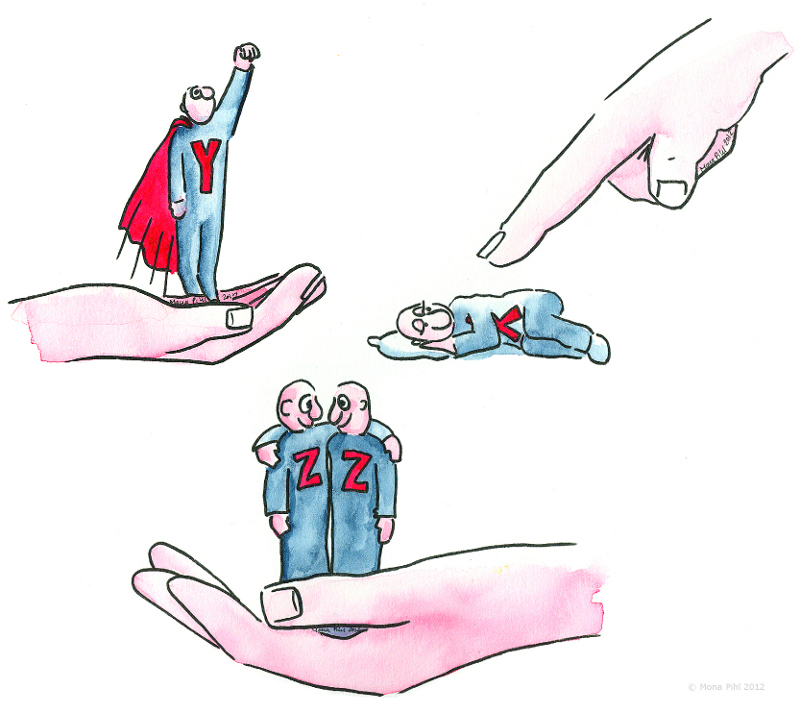
Another theory about Leadership is the
McGregor X and Y
theory. When management adopts the X approach, employees are seen as
lazy and in need of strict rules. With the Y management style, the employees are
seen as willing and able, work is motivating to them.
There is a third theory developed by
Ouchi called the Z theory.
According to this theory employees are loyal and work for the best of the
team and organisation, they need a stable employment and harmony.

Right the first time is one of the Lean principles. If you
are not getting the correct input to your process,
don't correct it, tell the people upstream what is wrong so that they can do it
right the first time.

These two drawings (above and below) are relevant to two principles;
- The importance of visualising your process so that you easily can spot
something wrong
- The management principle of going to check for yourself, things aren't always
the way the seem from a distance.

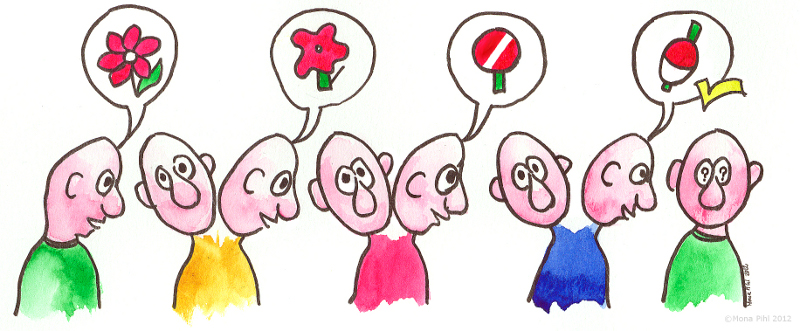
Another way to be sure to get the correct information is to
go directly to the source. Avoid the
whisper game (telephone).
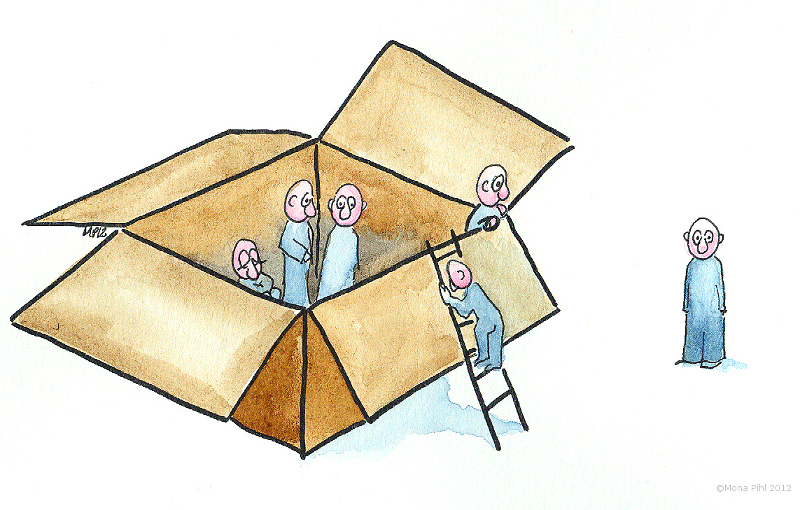
When you are looking for solutions in a Lean culture, you are
encouraged to think outside "the box". All solutions are considered and
evaluated.

When implementing a system in an organisation, it important
to review the workprocess first (using the Lean principles) since it is so hard to change afterwards.
I.e. avoid paving cow paths. This is not really one of the Lean teachings, but after beeing a computer
consultant since 1995 I know this to be true.
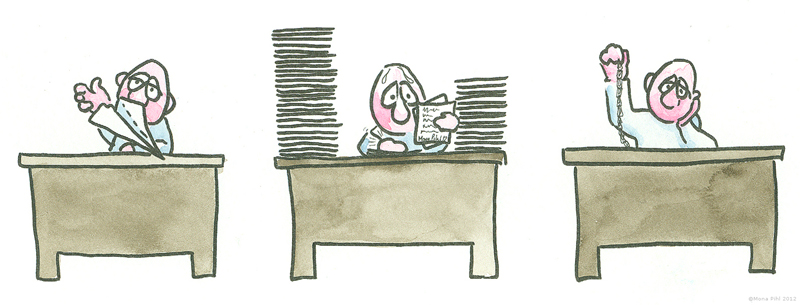
And finally; Lean is not about reducing the workforce, but
about evening out the workload and making the work meaningful.
Back to website
© Mona Pihl









